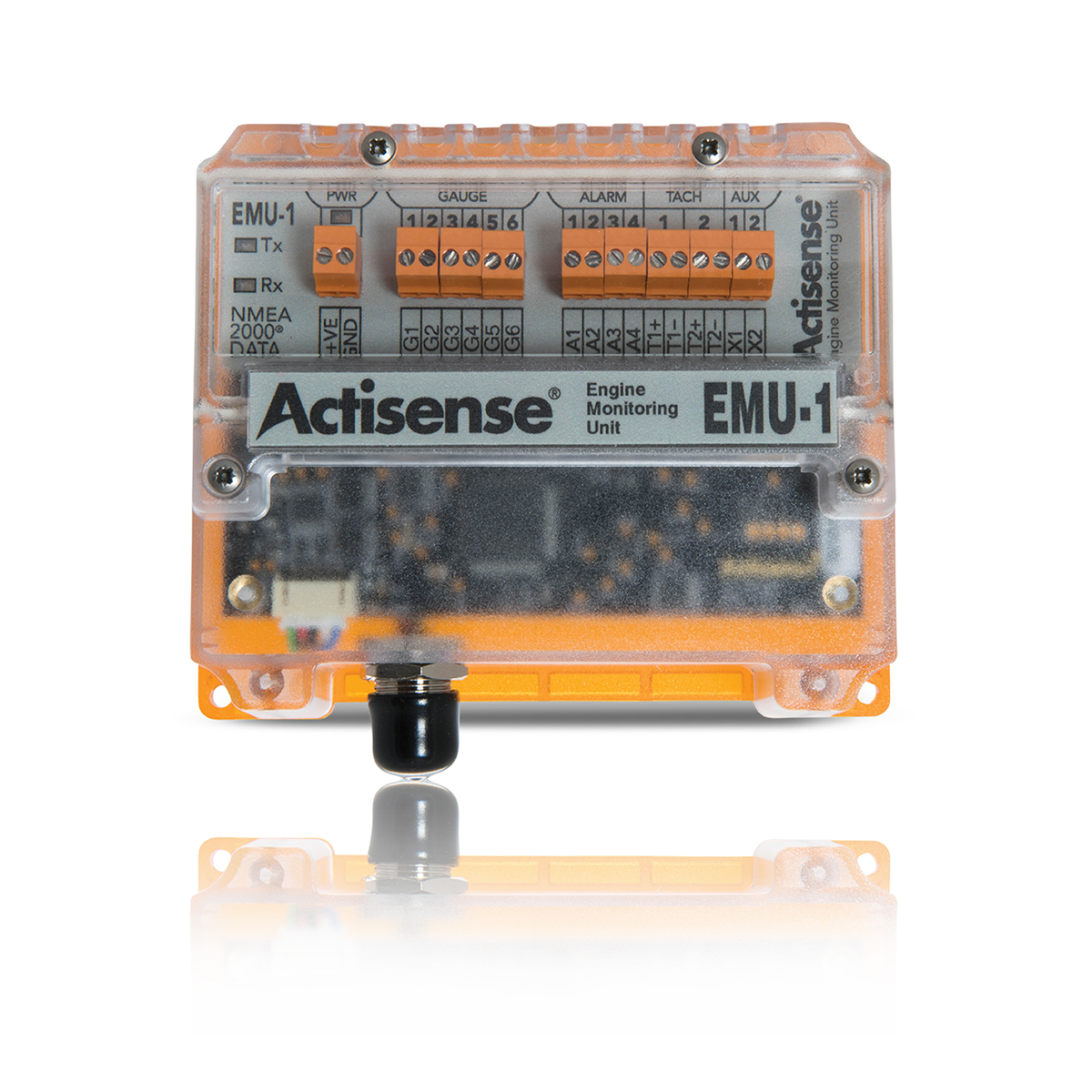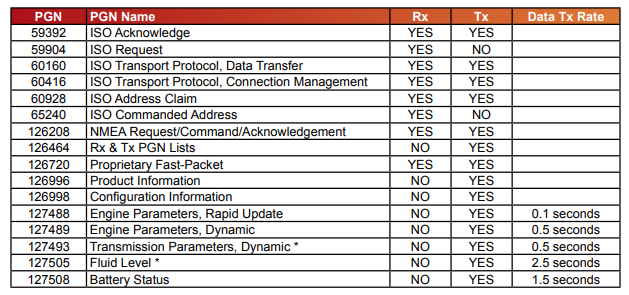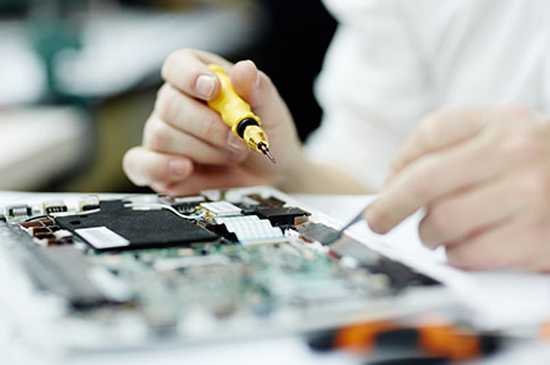Breathing digital life into your analogue gauges: The basics of your EMU-1 Engine Monitoring Unit

The Actisense EMU-1 is a specialized analogue to NMEA 2000 Gateway which converts data from analogue engine gauges/senders into NMEA 2000. The marine engine gateway enables the sharing of engine data throughout the NMEA 2000 bus. It digitises analogue engine sensors, enabling NMEA 2000 display devices to monitor the connected engine(s) on a vessel.
The most important point to remember about the EMU-1 is that it is the senders and gauges that are important when trying to understand compatibility and not the engine model / manufacturer.
The reason for this is that it is fairly common for 2 identical engines to operate with different senders and gauges. If the configuration is done from engine make / model, then the chance of them being accurate is fairly low, especially if they are not the ‘factory’ gauges.
EMU PGN Output
The EMU-1 will output standard NMEA 2000 engine, transmission and fluid level PGNs that will be understood by any NMEA 2000 MFD.

How to power the Engine Monitoring Unit?
The EMU-1 should only be connected to a DC Power supply. The device can operate between 9 – 35 VDC, meaning it is capable of full operation on a typical 12V supply. When connecting the power to the EMU-1, it should be sharing the same power and ground as that of the engines. The ground of the EMU-1 gauges and the EMU-1 power supply must be common to ensure that no ground loops are created.
Dual Engine Power Supply
When monitoring two engines using a single EMU-1, both engines and the EMU-1 must share the same power supply if the gauges are to remain in circuit. If a separate power supply must be used for each engine, either a separate Engine Monitoring Unit is required for each engine or the gauges will need to be removed for the EMU-1 to correctly monitor the sensors of both engines
How do you configure my EMU-1?
An Actisense NGT-1 is required in conjunction with Actisense Toolkit to configure your EMU-1. This NGT-1 is the gateway device between the PC and the NMEA 2000 network. The NGT-1-USB is the preferred variant here due to the easy plug-and-play nature of the USB.
Further configuration of the gauges can be done with the custom gauge manager, which is designed to support any gauges which are not in the default EMU-1 library. Download the guide to custom gauge manager.





